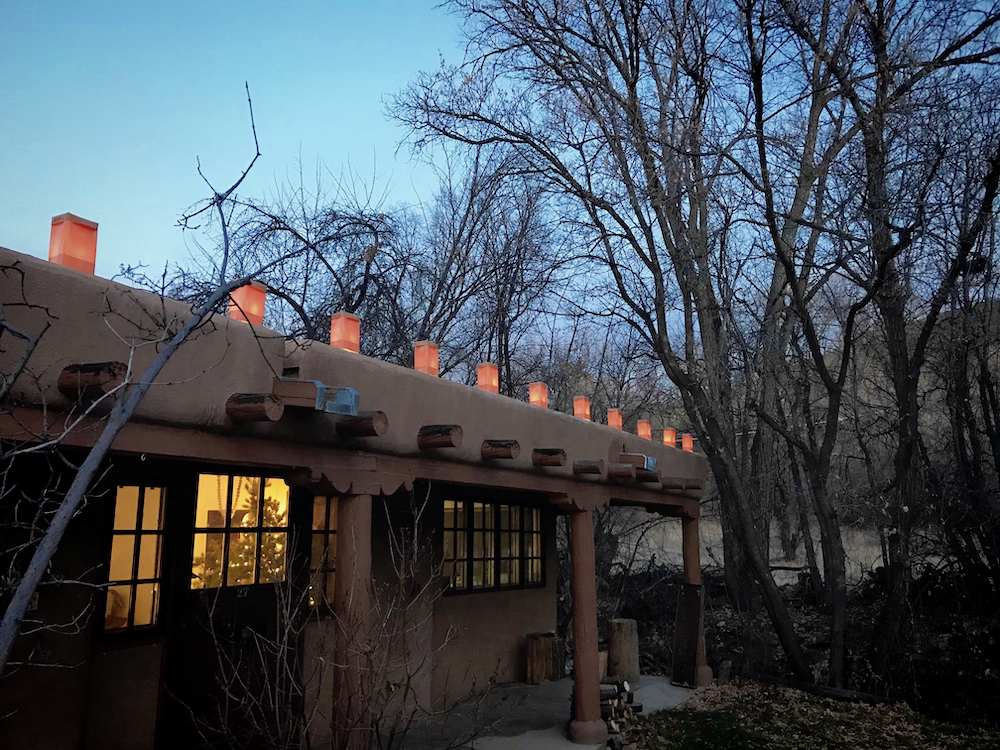Preparing homes for wildfire season
The following information comes from the National Fire Protection Association website:
What are the primary threats to homes during a wildfire?
Research around home destruction vs. home survival in wildfires point to embers and small flames as the main way that the majority of homes ignite in wildfires. Embers are burning pieces of airborne wood and/or vegetation that can be carried more than a mile through the wind can cause spot fires and ignite homes, debris and other objects.
There are methods for homeowners to prepare their homes to withstand ember attacks and minimize the likelihood of flames or surface fire touching the home or any attachments. Experiments, models and post-fire studies have shown homes ignite due to the condition of the home and everything around it, up to 200’ from the foundation. This is called the Home Ignition Zone (HIZ).
Learn more about how wildfires spread and ignite home in our online course Understanding the Wildfire Threat to Homes. An overview of fire history, fire basics, and how homes burn.
Get informed
How to prepare your home for wildfire
Get some wildfire risk reduction steps that can make your home safer during a wildfire.
Download the fact sheet. https://www.nfpa.org//-/media/Files/Firewise/Fact-sheets/FirewiseHowToPrepareYourHomeForWildfires.pdf
What is the Home Ignition Zone?
The concept of the home ignition zone was developed by retired USDA Forest Service fire scientist Jack Cohen in the late 1990s, following some breakthrough experimental research into how homes ignite due to the effects of radiant heat. The HIZ is divided into three zones.
Immediate zone
The home and the area 0-5’ from the furthest attached exterior point of the home; defined as a non-combustible area. Science tells us this is the most important zone to take immediate action on as it is the most vulnerable to embers. START WITH THE HOUSE ITSELF then move into the landscaping section of the Immediate Zone.
Clean roofs and gutters of dead leaves, debris and pine needles that could catch embers.
Replace or repair any loose or missing shingles or roof tiles to prevent ember penetration.
Reduce embers that could pass through vents in the eaves by installing 1/8 inch metal mesh screening.
Clean debris from exterior attic vents and install 1/8 inch metal mesh screening to reduce embers.
Repair or replace damaged or loose window screens and any broken windows Screen or box-in areas below patios and decks with wire mesh to prevent debris and combustible materials from accumulating.
Move any flammable material away from wall exteriors – mulch, flammable plants, leaves and needles, firewood piles – anything that can burn. Remove anything stored underneath decks or porches.
Intermediate zone
5-30’ from the furthest exterior point of the home. Landscaping/hardscaping- employing careful landscaping or creating breaks that can help influence and decrease fire behavior
Clear vegetation from under large stationary propane tanks.
Create fuel breaks with driveways, walkways/paths, patios, and decks.
Keep lawns and native grasses mowed to a height of four inches.
Remove ladder fuels (vegetation under trees) so a surface fire cannot reach the crowns. Prune trees up to six to ten feet from the ground; for shorter trees do not exceed 1/3 of the overall tree height.
Space trees to have a minimum of eighteen feet between crowns with the distance increasing with the percentage of slope.
Tree placement should be planned to ensure the mature canopy is no closer than ten feet to the edge of the structure.
Tree and shrubs in this zone should be limited to small clusters of a few each to break up the continuity of the vegetation across the landscape.
Questions? Contact the Firewise team.






